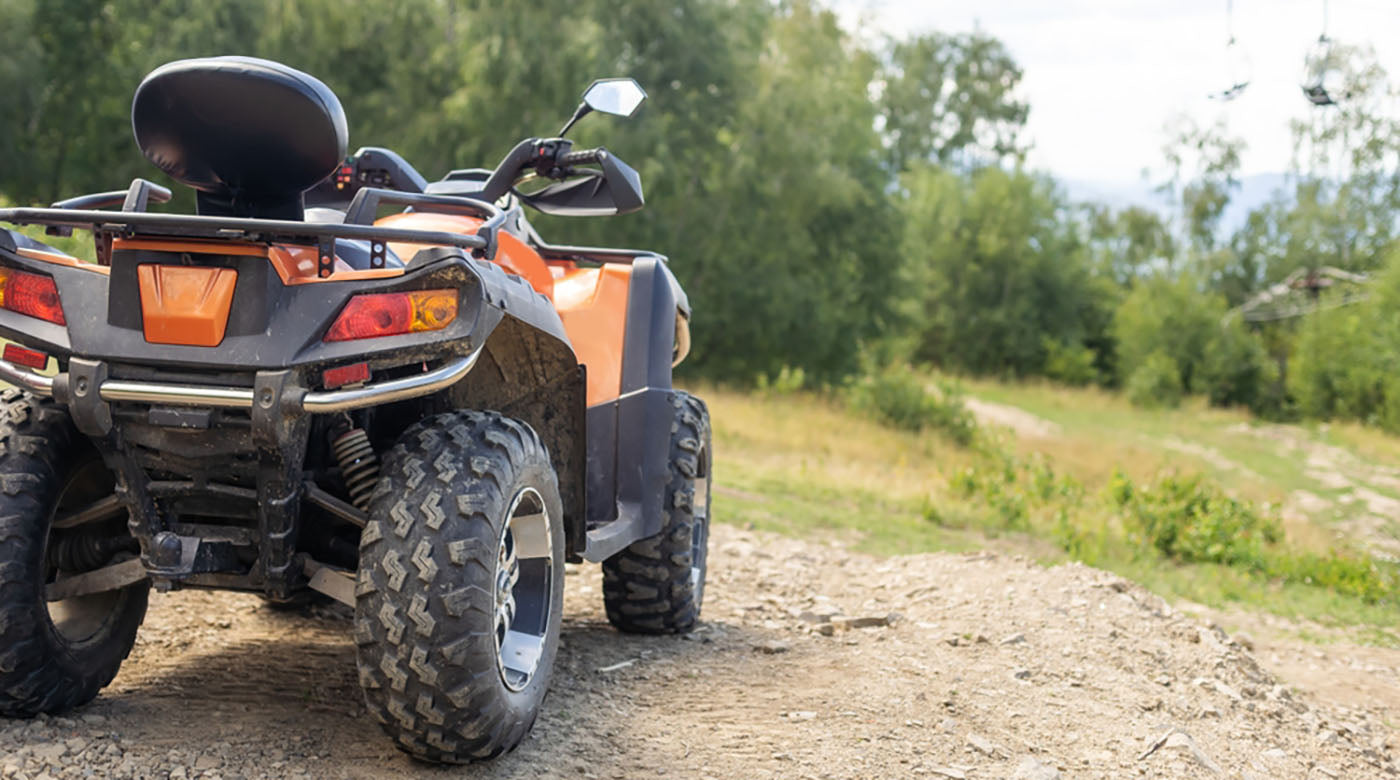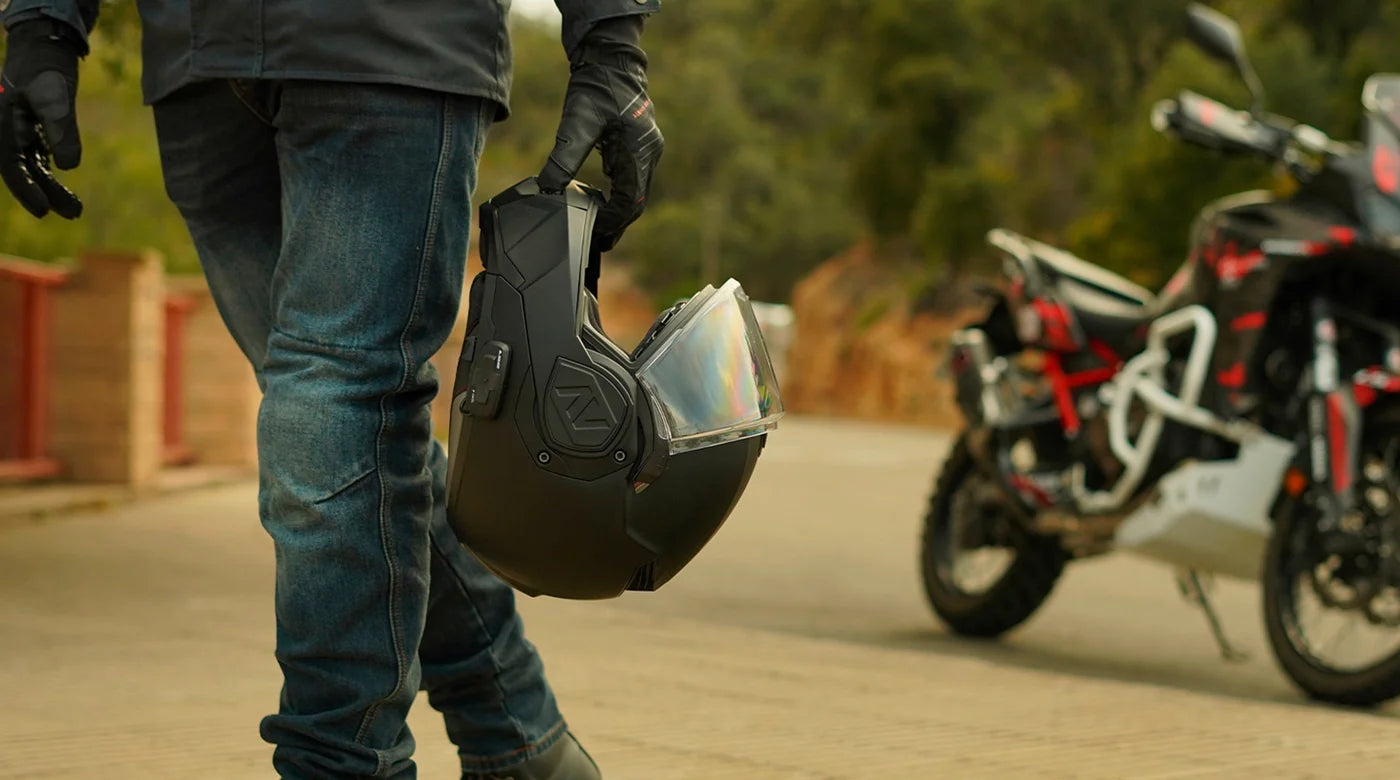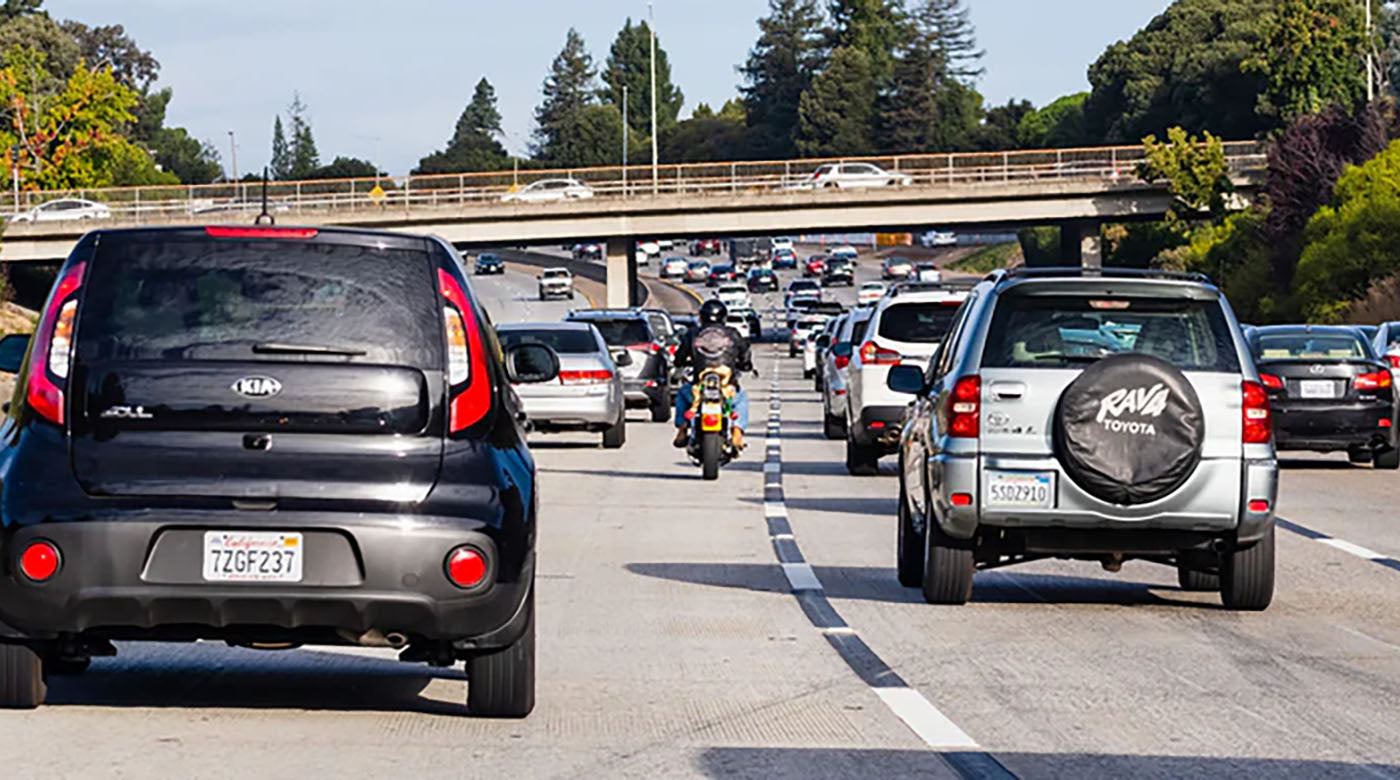Over 1.2 million Americans own an ATV, a number that will only grow. The market rebounded in 2023 and is expected to gain ground over the next eight years as more drivers abandon paved roads for all-natural settings.
But these machines, collectively known as four-wheelers, encompass various brands, styles and capabilities. Learn about the different types of four-wheelers to choose the best vehicle for your next off-road adventure.
The Most Common Types of Four-Wheelers
When it comes to off-road adventures, four-wheelers come in a variety of types designed for different terrains and purposes. Let’s dive into the most common types of four-wheelers below.
1. Sport Four-Wheelers
Sport four-wheelers include ATVs, quads and side-by-sides. Most models only seat one and are meant to be ridden like motorcycles with the rider straddling the seat and their hands on the handlebars. Side-by-sides (SxSs) have two seats next to each other.
These vehicles run on low air pressure, two-wheel drive to maximize speed and thick off-road tires with grooved treads for navigating sand, dirt, mud, snow, rocks and gravel. Engine sizes range from 150 cc to 850 cc, and most models can go up to 90 mph.
They are used for racing, exploring off-road areas and sports like hunting and fishing. A third of all-terrain vehicles are used recreationally.
2. Utility Four-Wheelers
Utility four-wheelers, or UTVs, prioritize safety and control over speed. They monitor vast terrain, grow and harvest agriculture, herd cattle and tow equipment off-road. Riders operate them like motor vehicles with a steering wheel, accelerator and brake pedals. Businesses and contractors equip them with plows, snow blowers, seeders, mowers and wood chippers.
UTVs can fit one or multiple people with traditional bucket-style seats and seat belts. Some have ceiling-mounted handlebars to help passengers steady themselves against vibrations, windshields or enclosed interiors for all-season riding.
Faster models that seat one person have two-wheel drive — others have four-wheel drive to maximize control and stability. Engine sizes can surpass 1,000 cc. Larger models have more horsepower and low-end torque to tow thousands of pounds uphill or from rest. They have equally durable, if not thicker, off-road tires, reinforced shocks to reduce vibrations and higher ground clearances to move over debris.
Learn the Difference Between ATVs vs. UTVs Here
Source: Olenka-zmiuchka/Shutterstock.com
3. High-Performance Four-Wheelers
Industrial and military-grade ATVs and UTVs have nearly failproof designs with more durable engines, shocks and tires. They’re used by medical teams and military personnel when lives are on the line. Some tow equipment or use accessories to complete tasks, while others are built for speed and stealth. Top-of-the-line vehicles are custom-designed for specific applications and aren’t available in stores.
4. Multi-Purpose Four-Wheelers
Multi-purpose four-wheelers combine the practicality of UTVs with the speed and performance of ATVs. They’re designed like ATVs, but with the robust shocks and tires you’d find on a UTV. Many models have variable two-wheel/four-wheel drive to increase versatility.
Types of Four-Wheelers: What to Wear
Every four-wheeler requires safety gear. For ATVs and unenclosed UTVs that expose you to the elements, wear a breathable, moisture-wicking long-sleeve shirt and pants to protect your skin from the sun, cuts and debris. Wear gloves with a reinforced grip to keep your hands on the handlebars and ATV boots that hug the vehicle. Wear a full-face or half-face helmet with goggles to increase visibility and reduce the risk of head injury. Use ATV headsets with Dynamic Mesh Communication to link every rider in your group to talk hands-free whether you’re riding side-by-side or single file. It connects automatically in range, so all you have to do is set it and go.
Use Off-Road Headsets to Talk Wirelessly with Other Four-WheelersFor enclosed UTVs, you should still wear a half-face helmet if you bump your head on the ceiling or windshield, but goggles may not be necessary. Pair your half-face helmets with off-road headsets to talk to your companions or passengers without taking your eyes off the trail. You also don’t have to cover up your skin as much when you’re behind glass. Gloves will help you grip the steering wheel when your hands sweat.

Source: Anton Tolmachov/Shutterstock.com
Four-wheelers come in different packages but are all equipped with off-road tires and suspensions for traversing challenging terrain. Choose a type that suits your riding style and application, and use the proper safety equipment to control your vehicle wherever the trail takes you.





